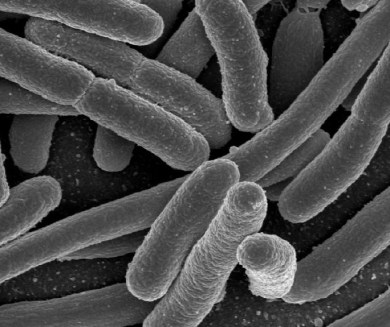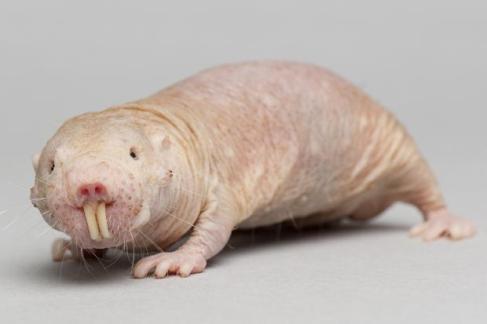Research shows using genetic engineering approach, desired products can be produced.
Global population explosion puts us in a very difficult stage where it is very important to have alternatives to modern day fuels like gasoline that fuels million of cars with internal combustion engines as our current biofuels sources are exhaustible. In a recent finding published in PNAS, Scientists at the Wyss Institute for Biologically Inspired Engineering at Harvard University and the Department of Systems Biology at Harvard Medical School have engineered a bacterium which is capable of producing biofuel precursors that is reported to have high-octane fatty acid moieties.
The E. coli uses a natural oil production mechanism to convert sugars into fats which are then used in the bacteria’s cell membrane. By genetically altering E. coli, researchers were able to convert the sugars to the imitation fossil fuel. Pamela Silver and her team are focusing on medium-chain fatty acids (MCFA), those with chains between four and 12 carbons long as they are just the right length to be transformed into an energy-packed liquid fuel for internal-combustion engines. Fatty acids with shorter chains do not store enough energy to be good fuels and they tend to vaporize easily, while those with chains longer than 12 carbons are too waxy. Through genetic engineering approach, a drug was used which blocks the enzyme that extends fatty-acid chain synthesis. This led to the production of eight-carbon fatty acid called octanoate which can be converted into octane. Basically, they stopped the usual pathway where addition of carbon atoms leads to build up of long chain fatty acids in the middle such that it only produces MCFA. This led to the buildup of MCFA pool.
Though gasoline produces more energy than current biofuels when burned in an internal combustion engine, and remains liquid in wide temperature range but burning gasoline itself adds huge amounts of carbon dioxide to the atmosphere which is a global concern. The strategy reported in this study should be widely useful in a range of metabolic engineering applications in which essential enzymes divert flux away from a desired product. It will also help in producing precursors of pharmaceuticals, bioplastics, herbicides, detergents, and more.
Source: J. P. Torella, T. J. Ford, S. N. Kim, A. M. Chen, J. C. Way, P. A. Silver. Tailored fatty acid synthesis via dynamic control of fatty acid elongation. Proceedings of the National Academy of Sciences, 2013; DOI: 10.1073/pnas.1307129110


